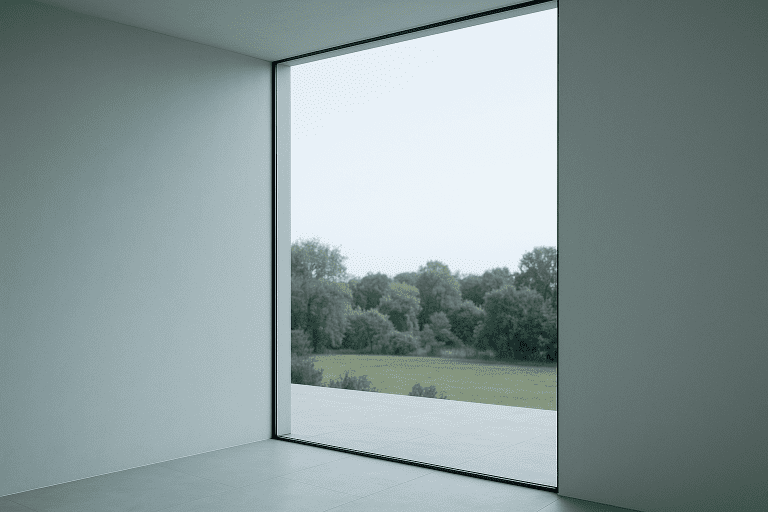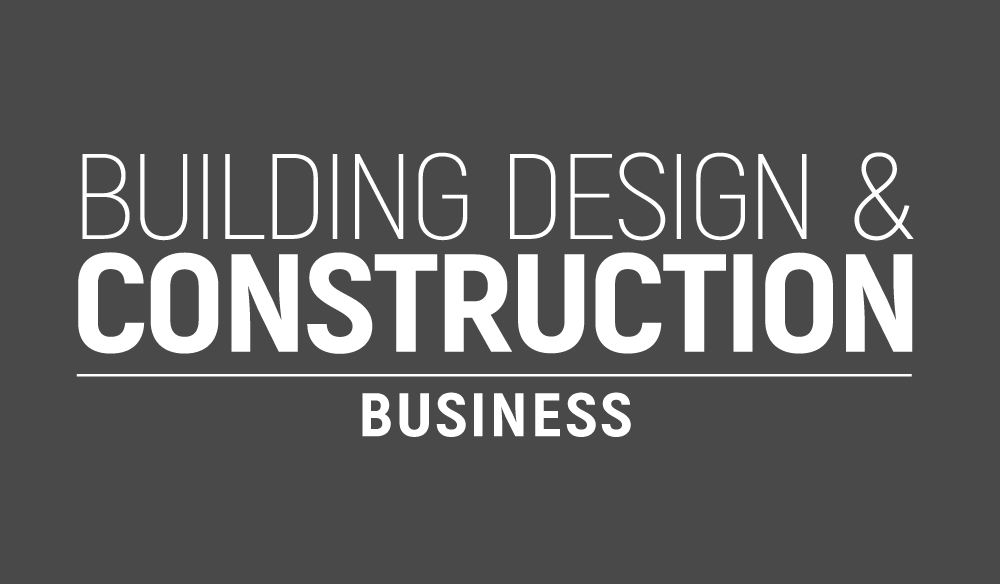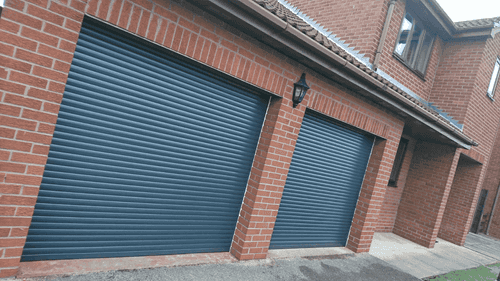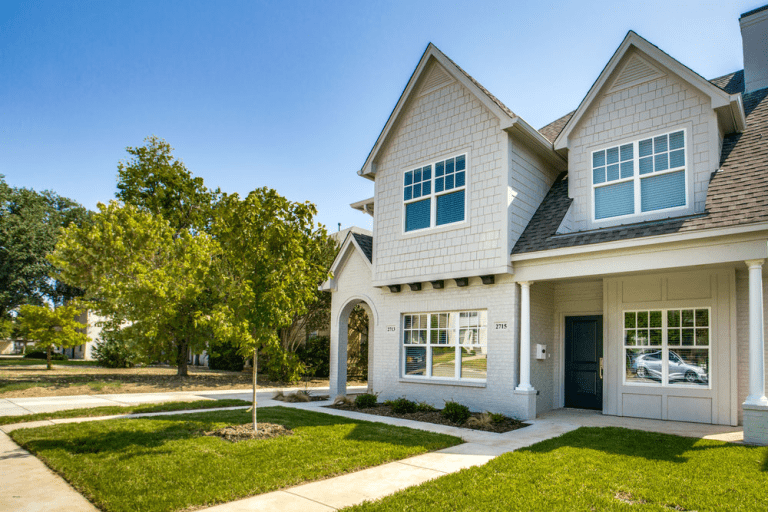As gaming evolves into one of the most popular pastimes worldwide, there’s a growing demand for dedicated spaces that can handle the hardware, connectivity, and immersion required for top-tier gaming. Whether you’re designing a new build, renovating a room, or planning an extension, incorporating a state-of-the-art gaming room into your home is an investment that delivers both functionality and excitement. In this guide, we’ll cover essential design and construction considerations to ensure your gaming room is up to the task. 1. Optimising Connectivity for Seamless Gaming At the heart of any gaming room is connectivity—without it, even the most powerful setup falls short. Whether you’re streaming, playing multiplayer games, or engaging in resource-heavy applications, having a stable connection is non-negotiable. For construction projects involving a dedicated gaming room, it’s essential to include high-quality Ethernet cables work better as part of your planning. Wired connections are far more reliable than Wi-Fi, reducing lag and providing stability for real-time gaming. Installing these cables during the build or renovation process ensures that the infrastructure is futureproof, especially with new gaming platforms and higher internet speeds becoming standard. Don’t overlook router placement, either. For maximum performance, your router should be centrally located within the room, or better yet, mounted in a way that minimises interference from walls, appliances, and other devices. Custom-built shelving units or cable ducts to hide and protect Ethernet cables can enhance the room’s aesthetic while maximising performance. 2. Constructing a Flexible Gaming and Entertainment Space When designing a gaming room, flexibility is key. A room that can serve multiple functions—gaming, socialising, or even working—adds more value to your home and caters to a wider audience of potential users. If you’re starting from scratch or renovating an existing room, consider the ergonomics of the space. In terms of fit-out and furnishings, gaming desks, high-backed chairs, and custom storage for consoles, VR equipment, or PCs should be carefully integrated into your room design. A well-planned layout allows for easy access to devices and provides ample space for gaming controllers, keyboards, and other tech. When planning the construction of your gaming room, also account for acoustic insulation. Soundproofing materials, such as acoustic panels or soundproof plasterboard, can ensure that external noise doesn’t disturb your gaming experience. Furthermore, controlling sound can be crucial in preventing noise pollution, especially if you have neighbours close by. 3. Managing Power and Storage Needs A gaming setup can require multiple power sources—high-performance PCs, large monitors, gaming consoles, and additional accessories all need reliable power. When designing a gaming room, make sure the electrical installation is up to code, with enough power outlets placed conveniently for your needs. A professional electrical contractor should be consulted to ensure that your room is ready to handle the demands of high-powered gaming equipment. Storage is also essential. Custom-built cabinets or shelves can house games, controllers, cables, and VR headsets. But with the increasing popularity of combo systems that take ages to master, a dedicated storage system for these accessories ensures everything is kept neat, organised, and accessible. 4. Choosing the Right Equipment and Layout for Performance It’s not just about the space itself—it’s about the gear you put in it. When it comes to gaming modes or demanding titles like first-person shooters or open-world adventures, the equipment in your gaming room is just as important as the construction of the space itself. For high-end gaming, you’ll need a powerful PC or console, large screens with high refresh rates, and fast response times. Your gaming room layout should allow for optimal viewing, ensuring that the TV or monitor is placed at the right height and distance for comfort. Adjustable stands, tilt-able screens, and space for multi-monitor setups are great additions. When constructing a room specifically for gaming, think about sound and lighting too. Recessed lighting, adjustable LED strips, or even custom-built lighting that syncs with your game’s visual elements can take your experience to the next level. Don’t forget to factor in acoustic treatments to reduce echo and enhance the soundscape during gameplay. 5. A Space That Grows With You Gaming is an evolving experience, and your gaming room should grow with it. As new games, consoles, and technologies emerge, the room’s design should allow for upgrades and adjustments over time. Incorporating futureproofing into your design means having enough space for new equipment and ensuring that your tech infrastructure, such as power outlets and Ethernet cables, can handle increased demand. Whether you want to explore UK non GamStop gambling or take on the latest game with high-definition graphics, a well-designed gaming space will accommodate the next generation of gaming technology with ease. Conclusion Building a gaming room within your home is more than just adding a few gadgets—it’s about creating an environment that elevates your gaming experience. From smart design choices that optimise power and storage to ensuring high-speed connectivity with Ethernet cables, every detail of the room contributes to performance and comfort. As you plan your gaming room fit-out, consider future expansion and technological advancements. With careful construction and thoughtful design, your gaming space can stay ahead of the curve, providing a high-performance, immersive environment for years to come.














